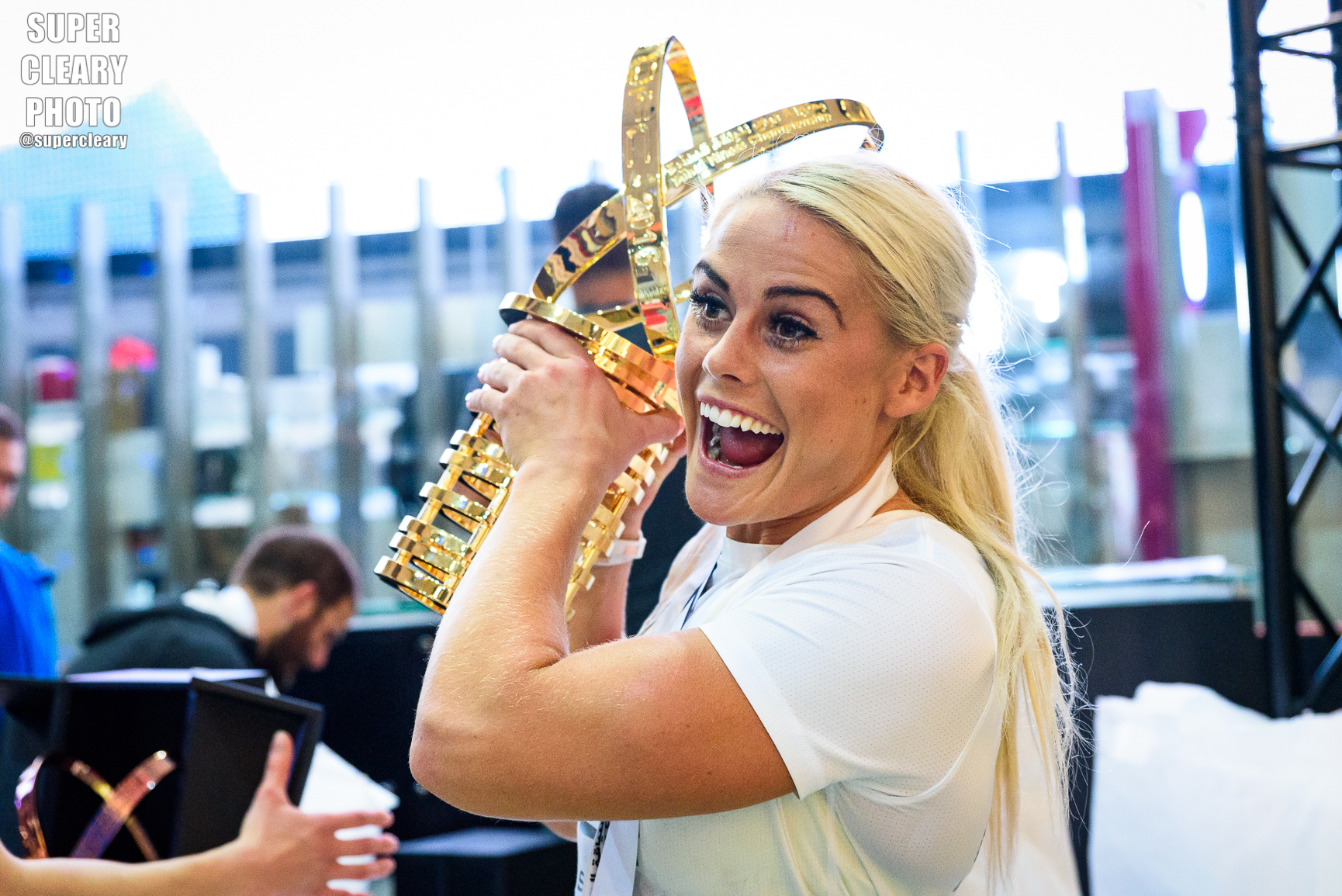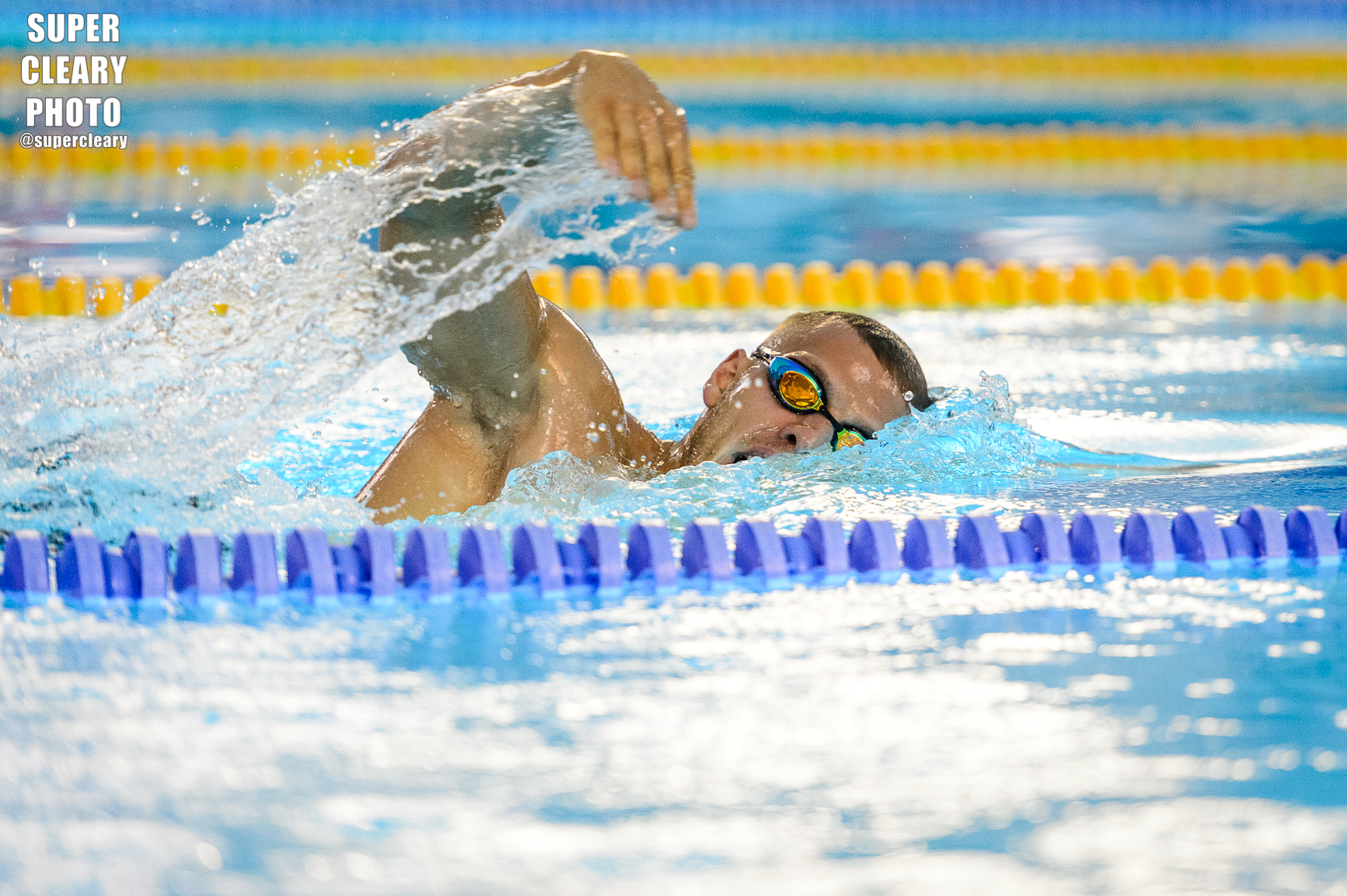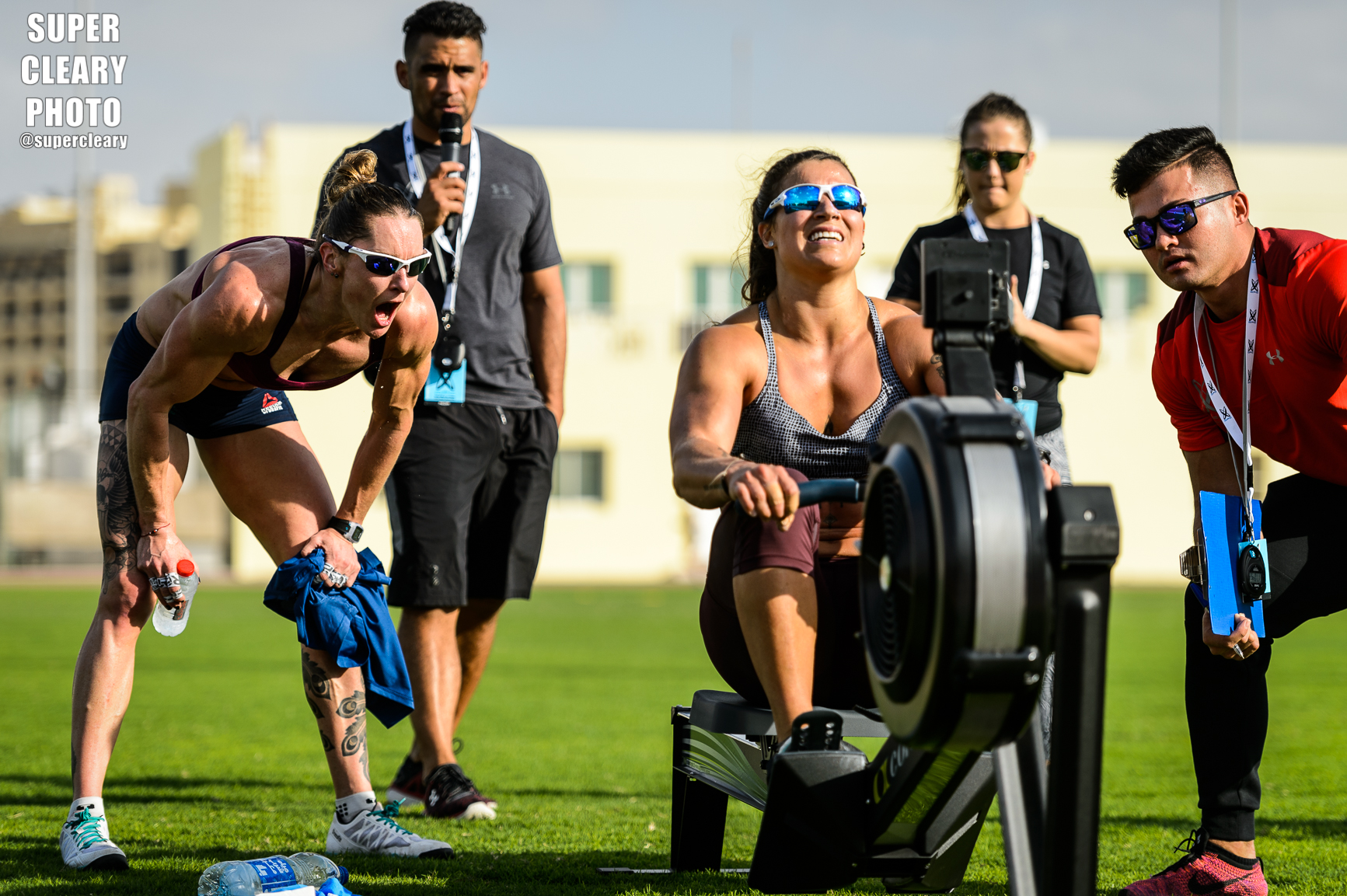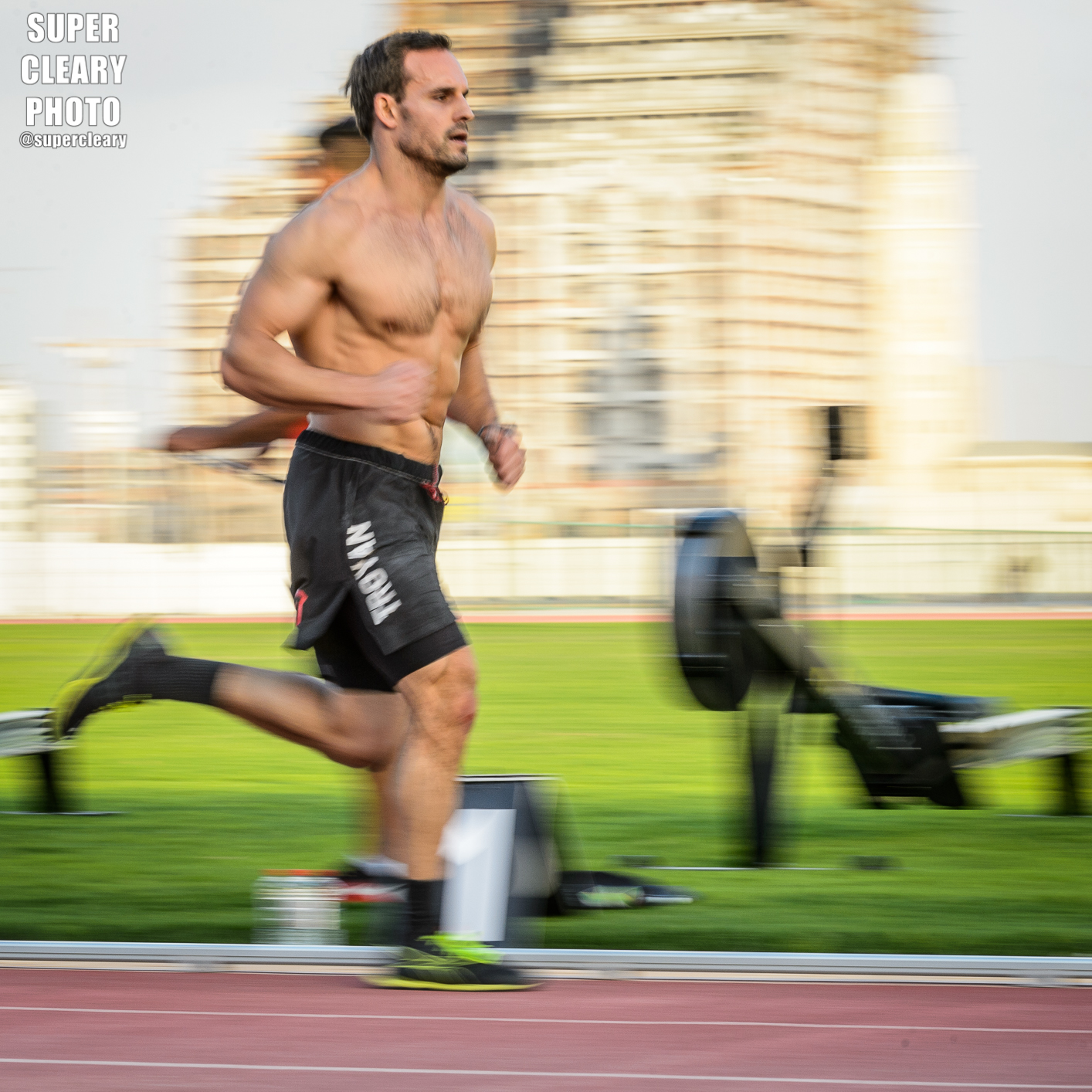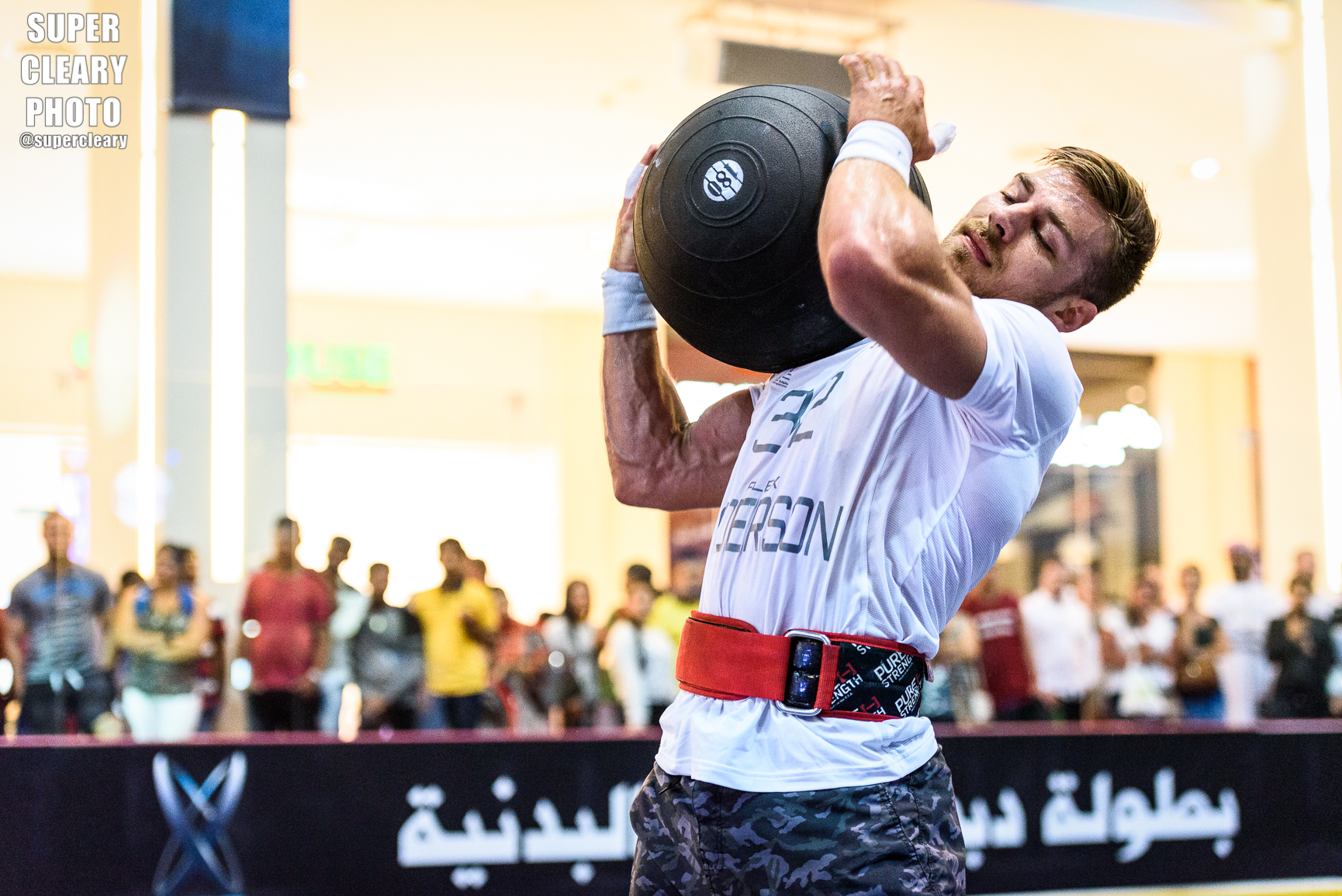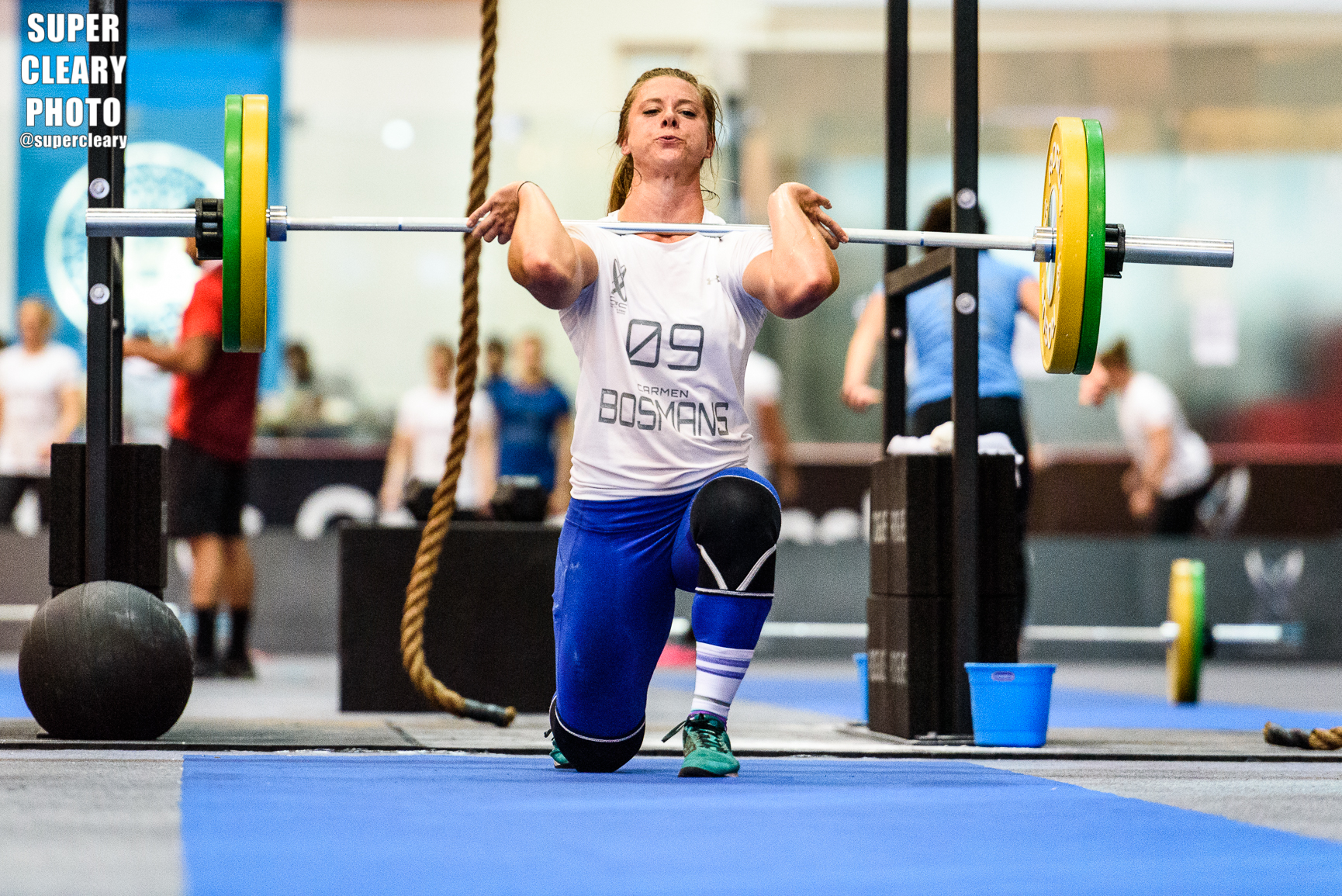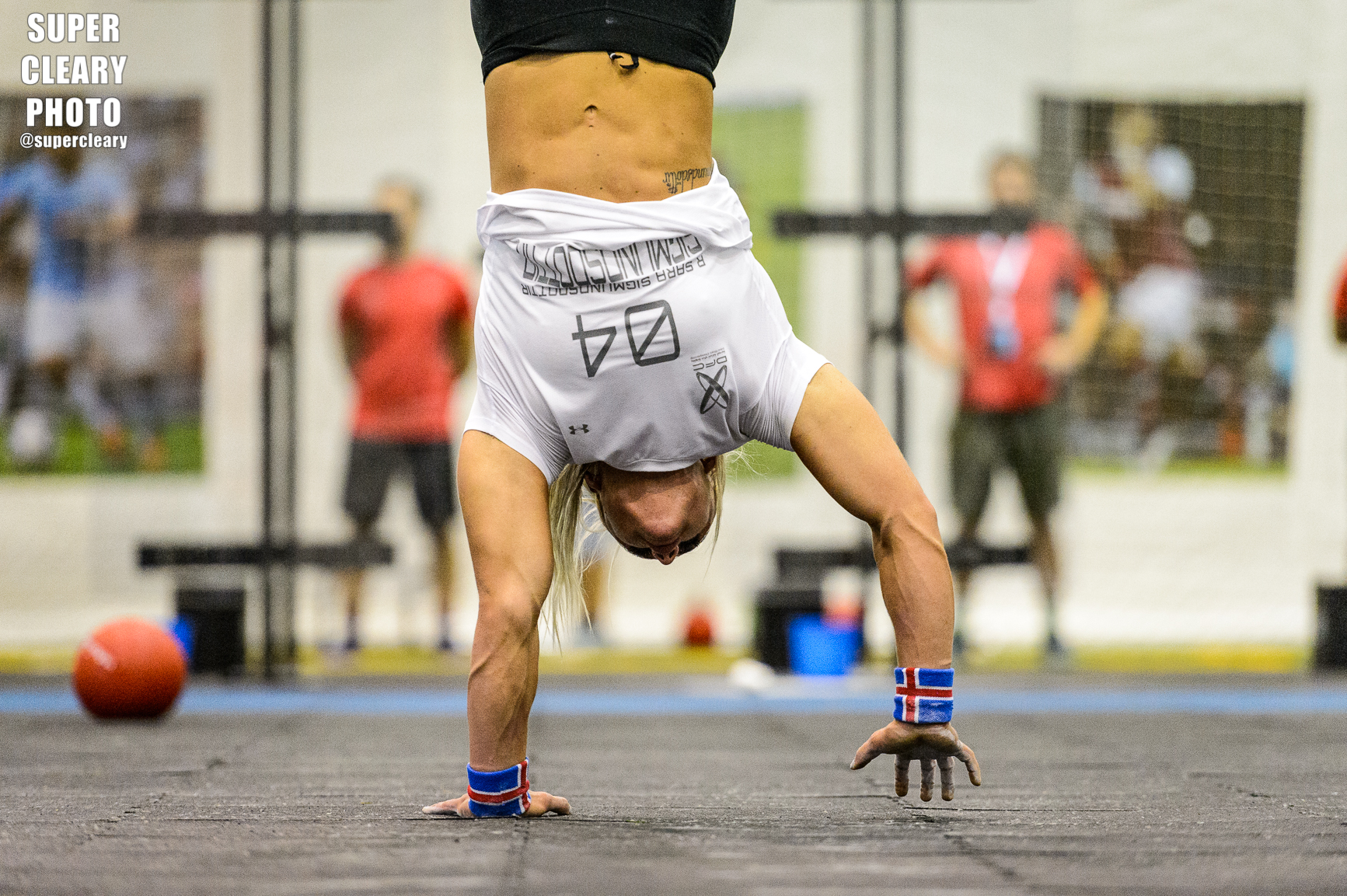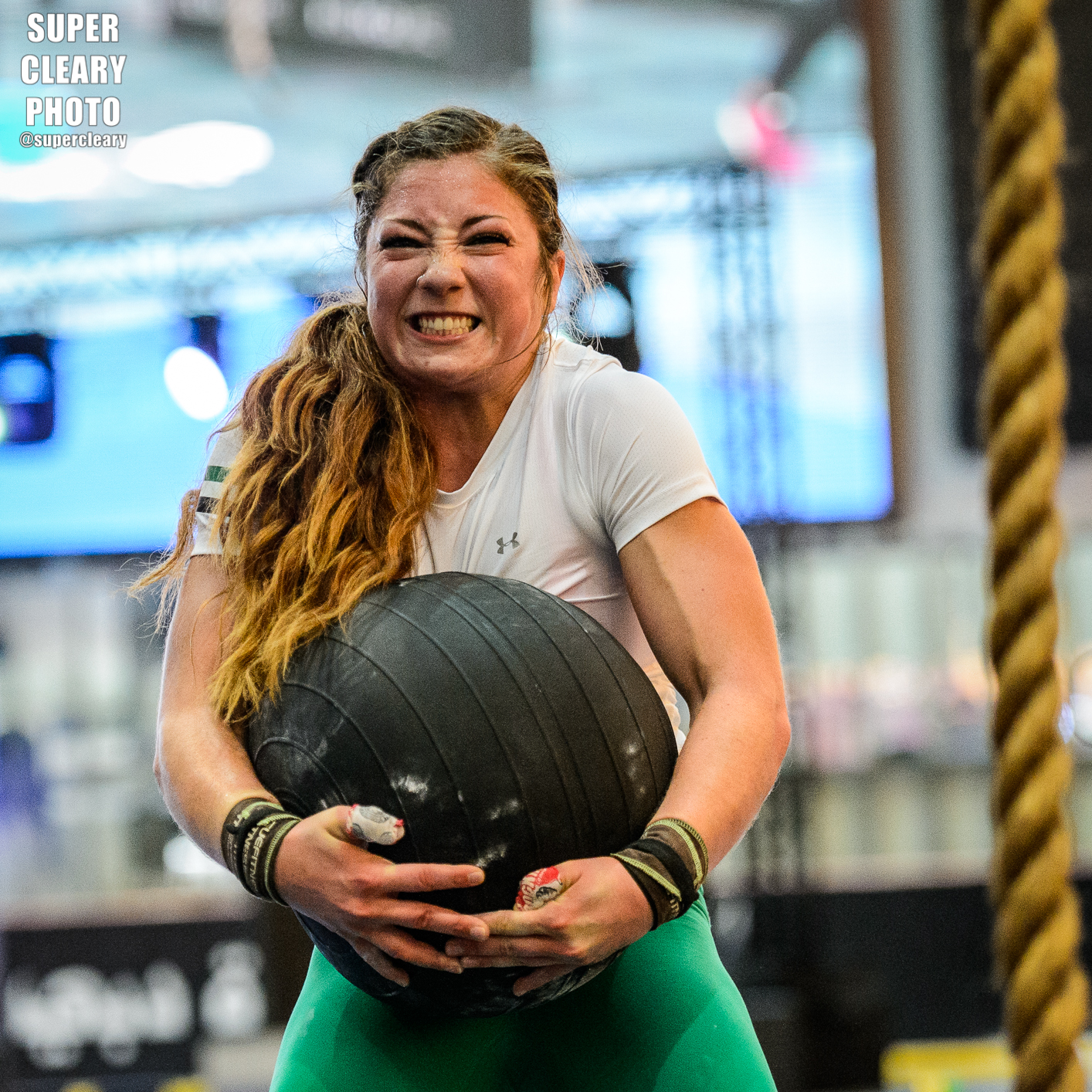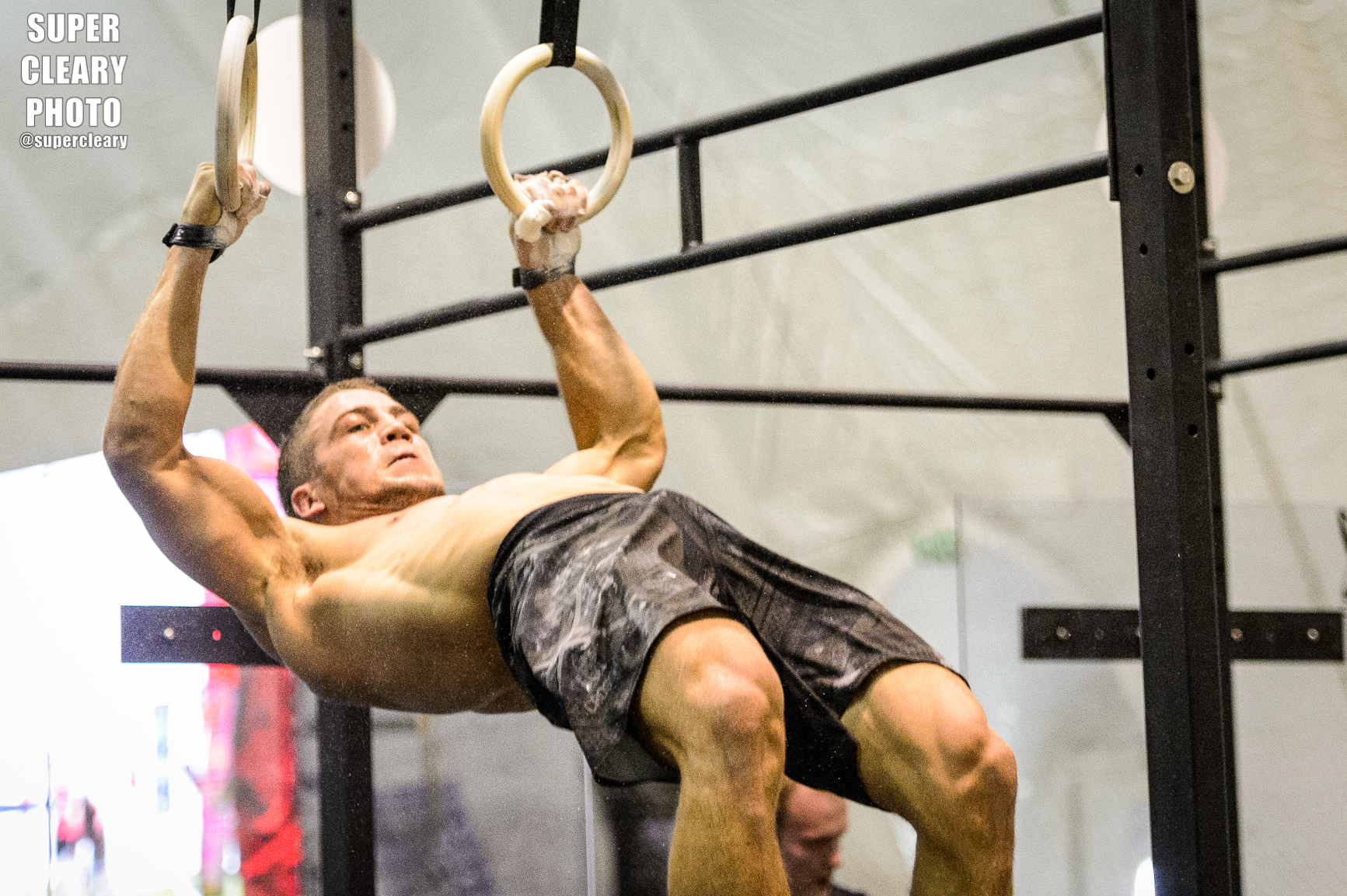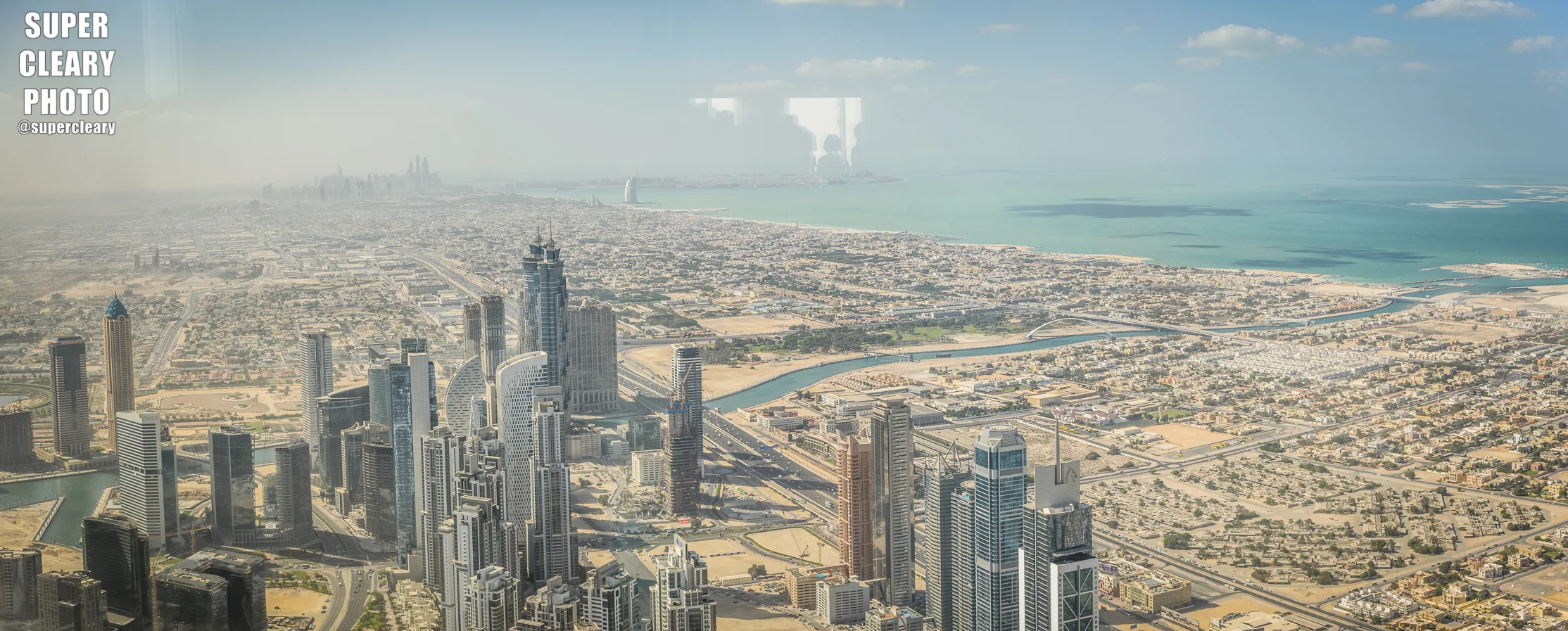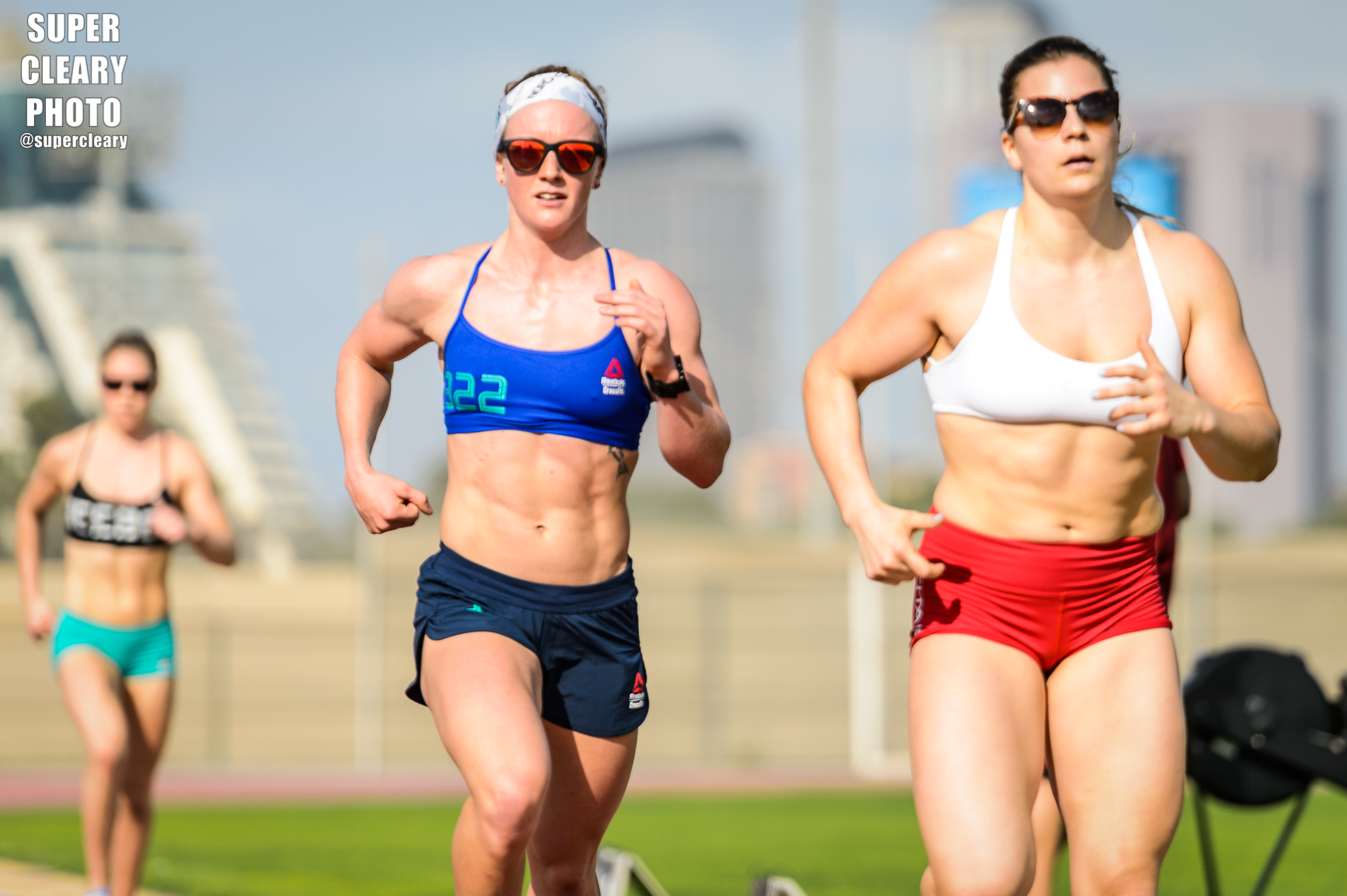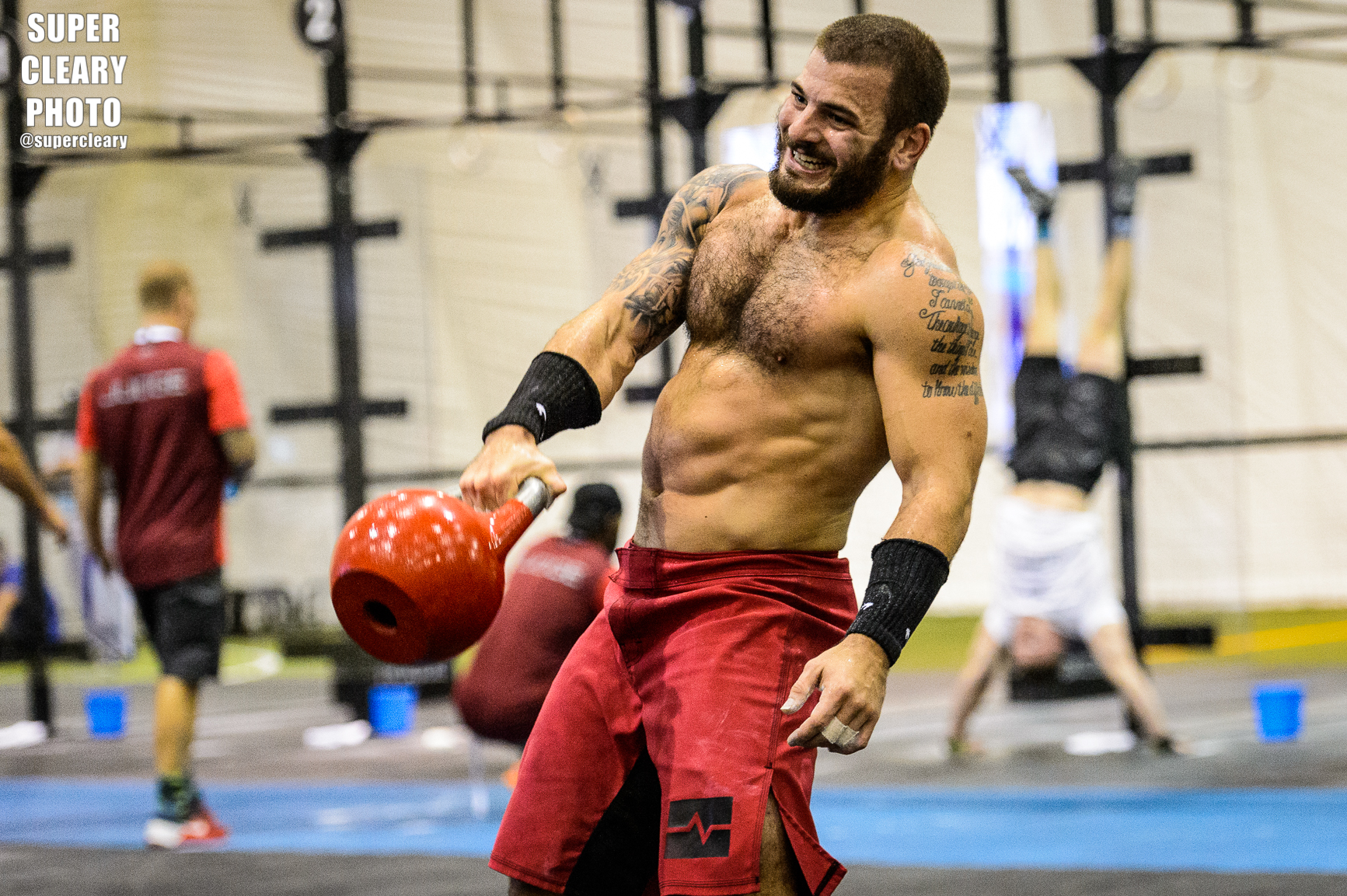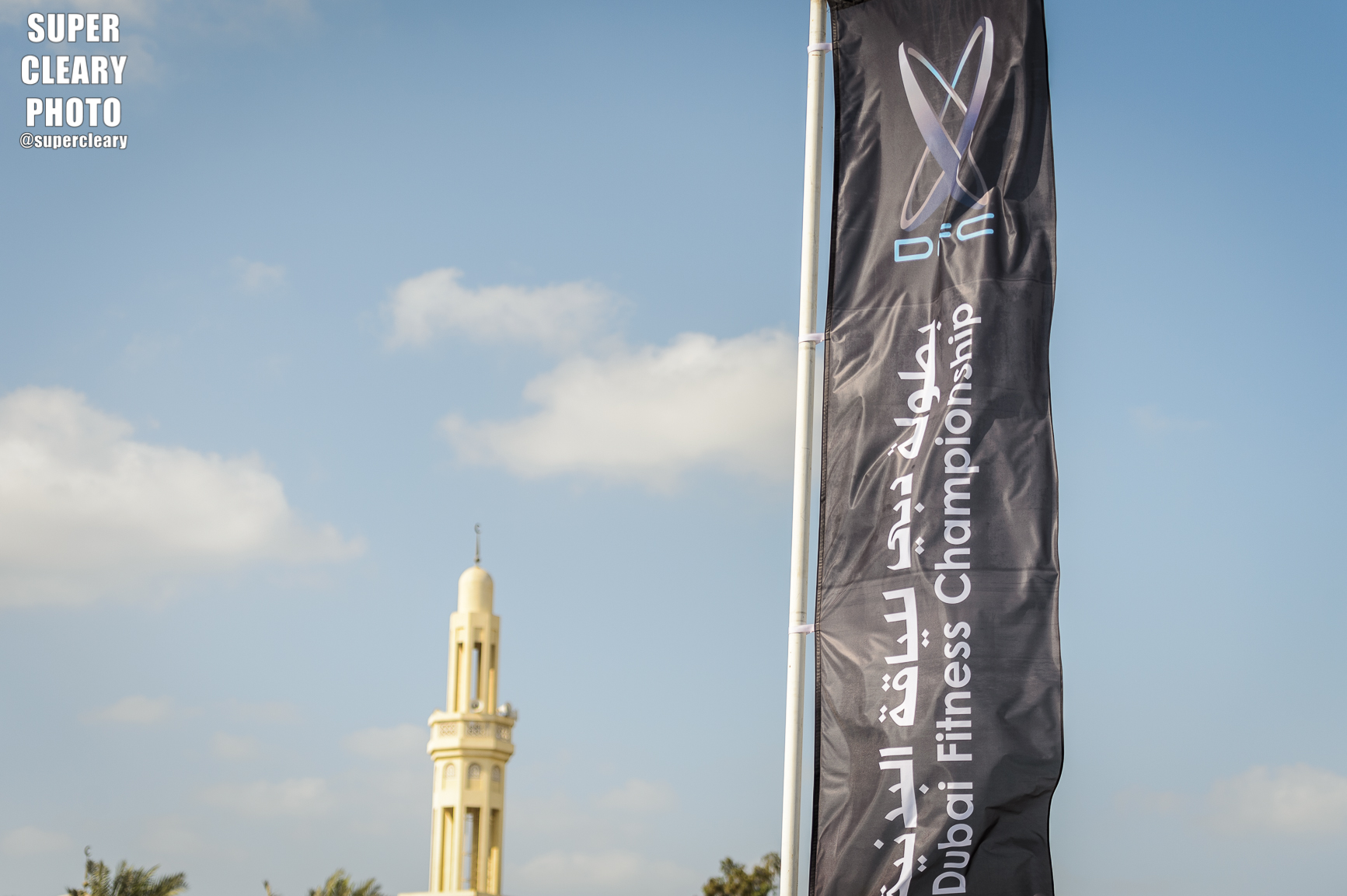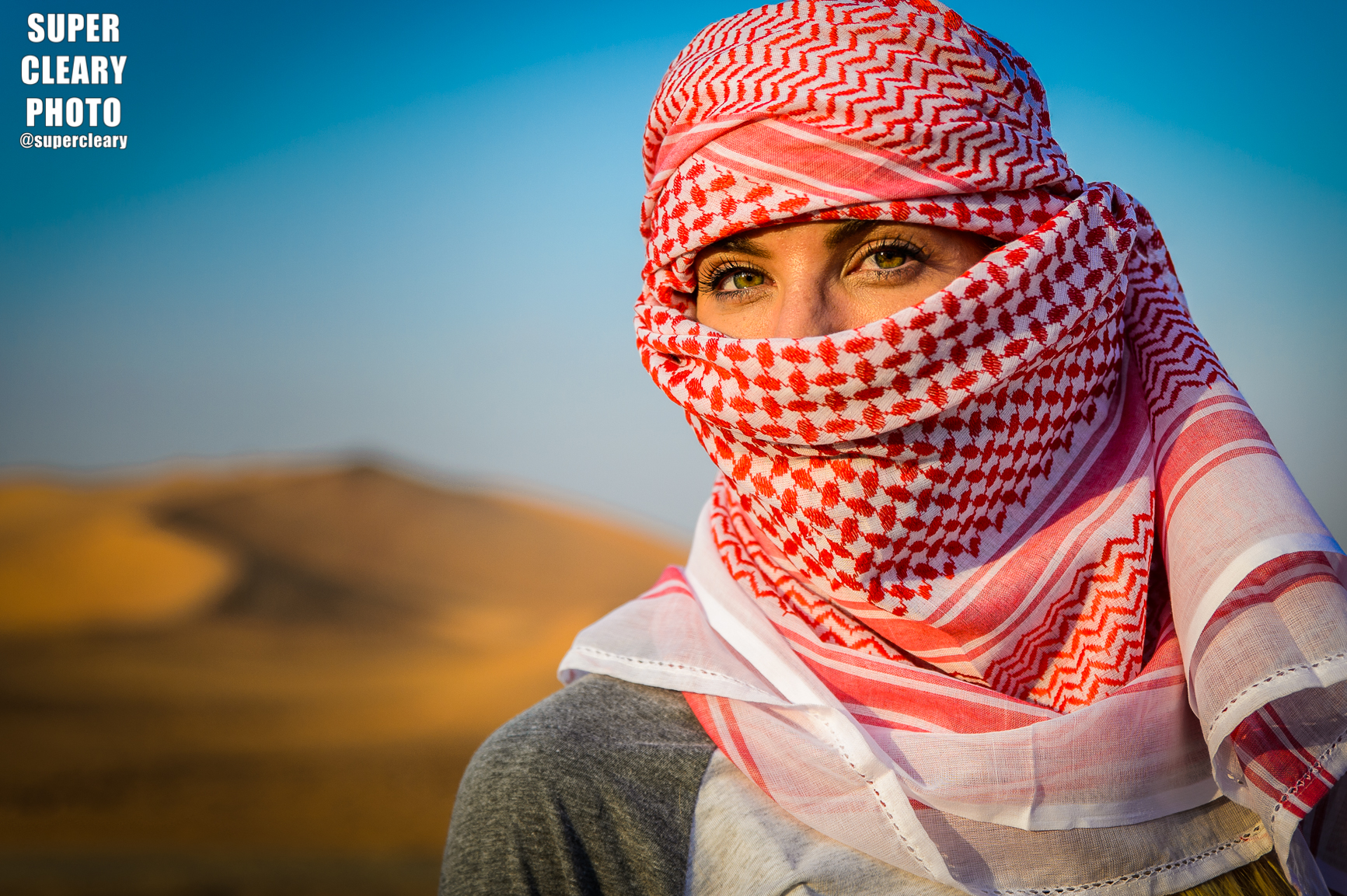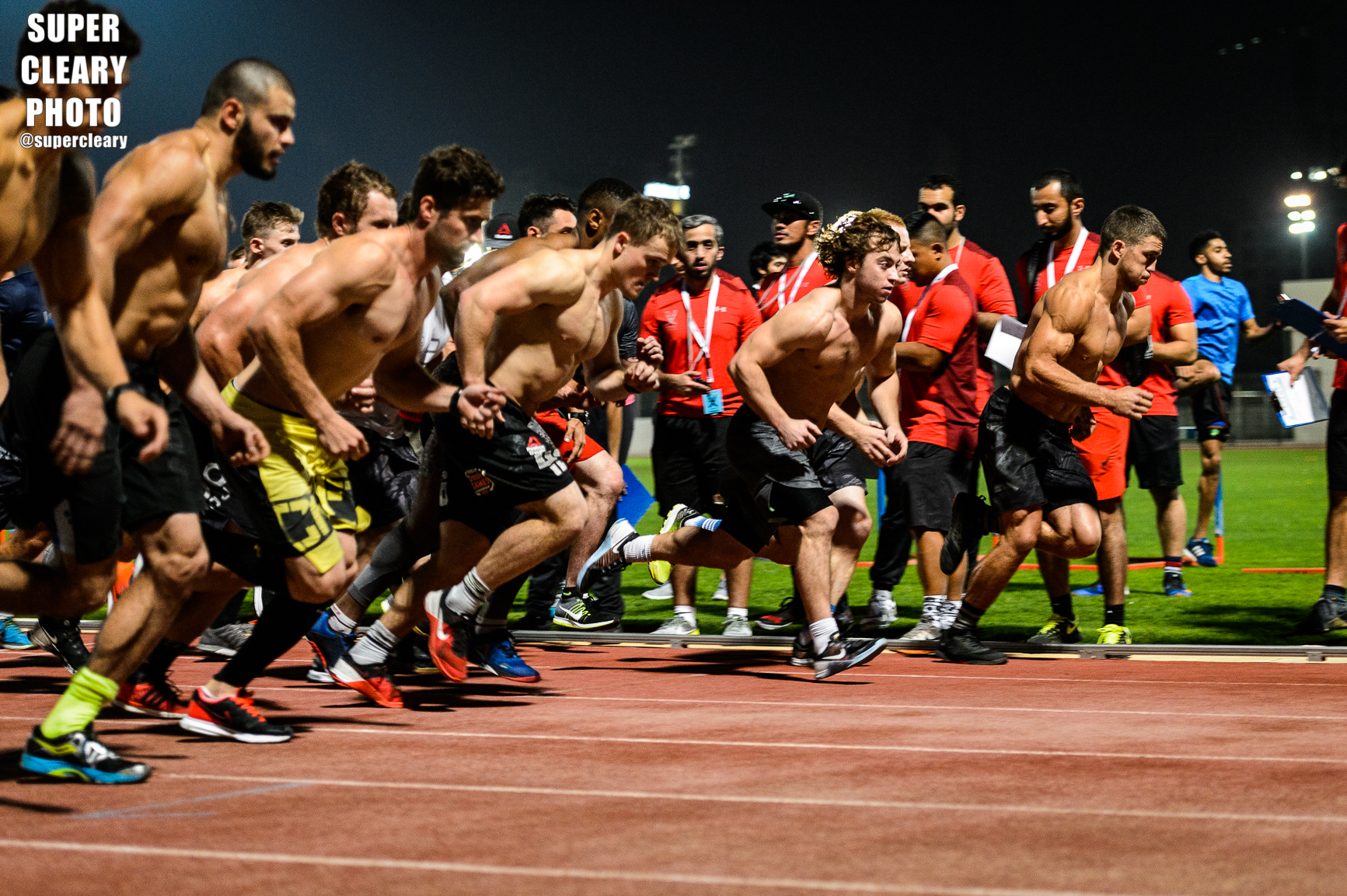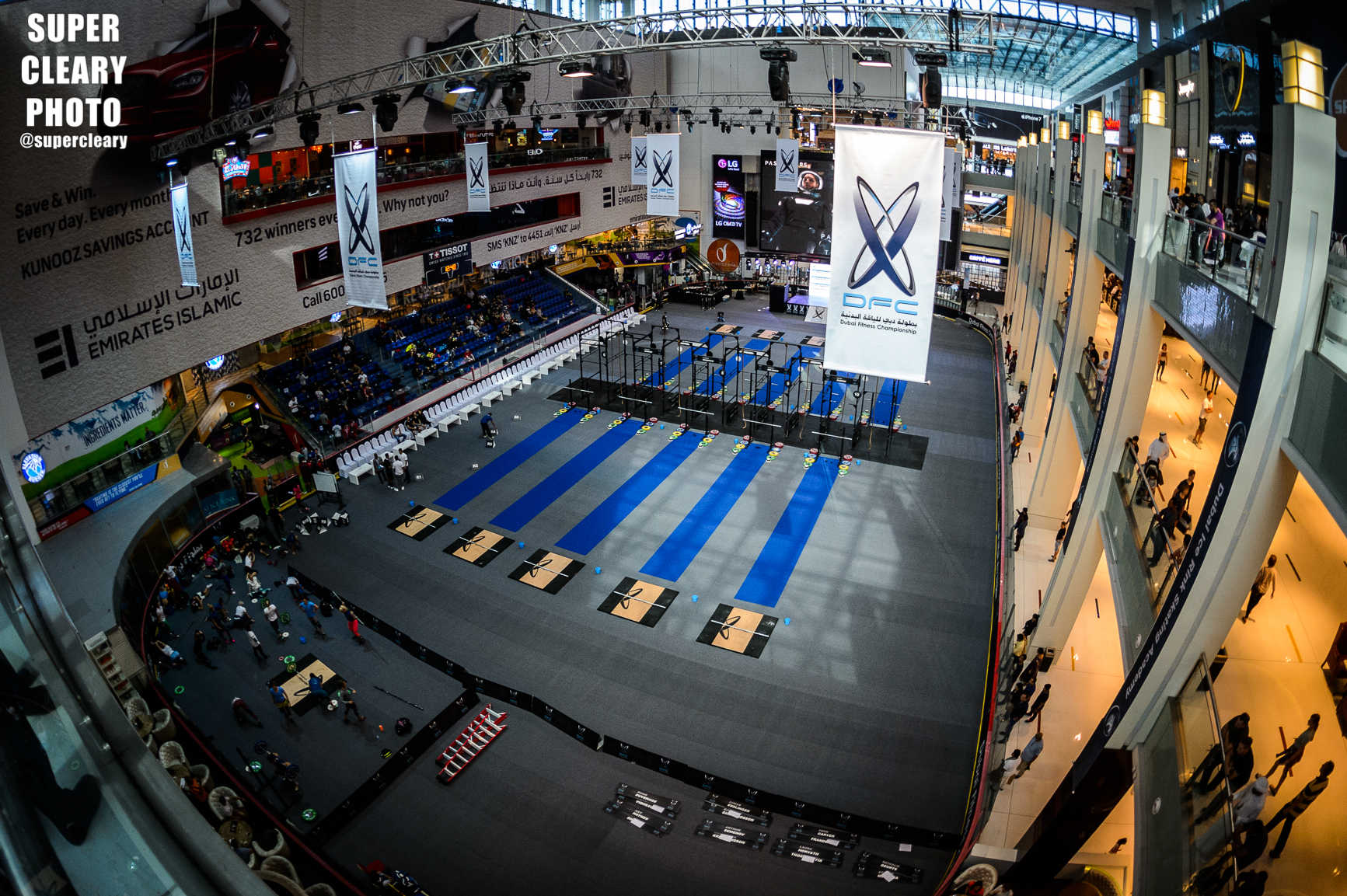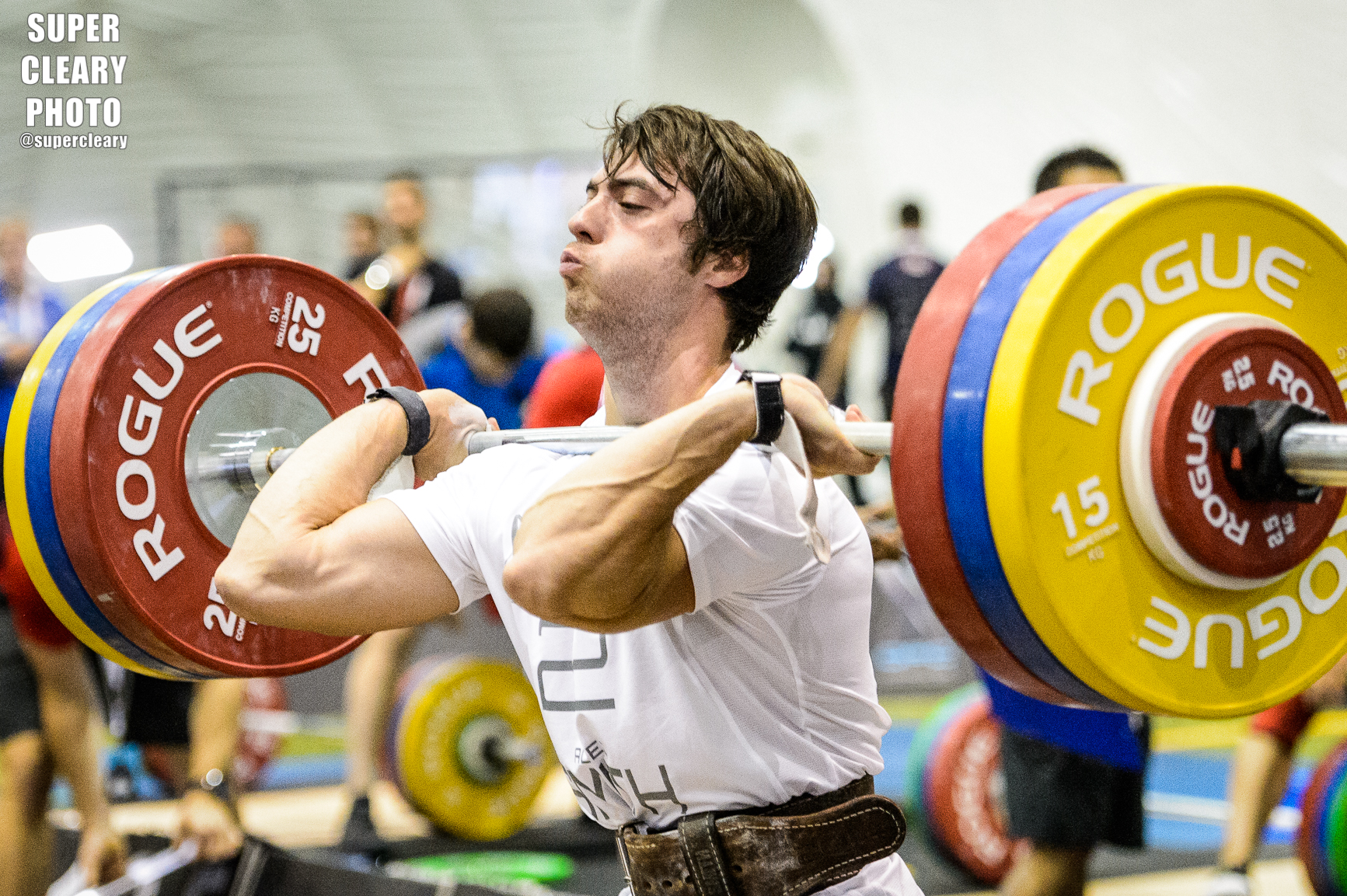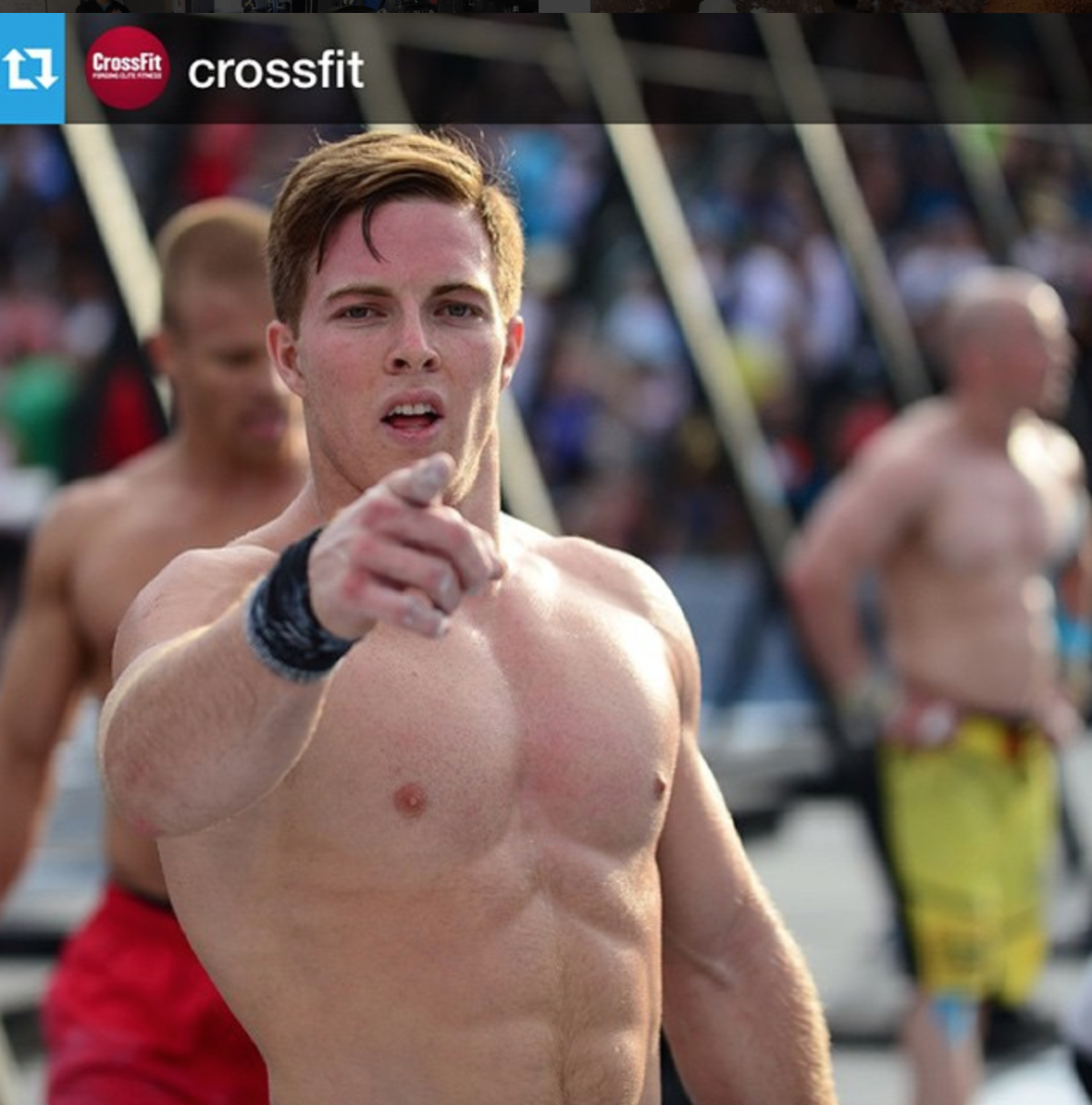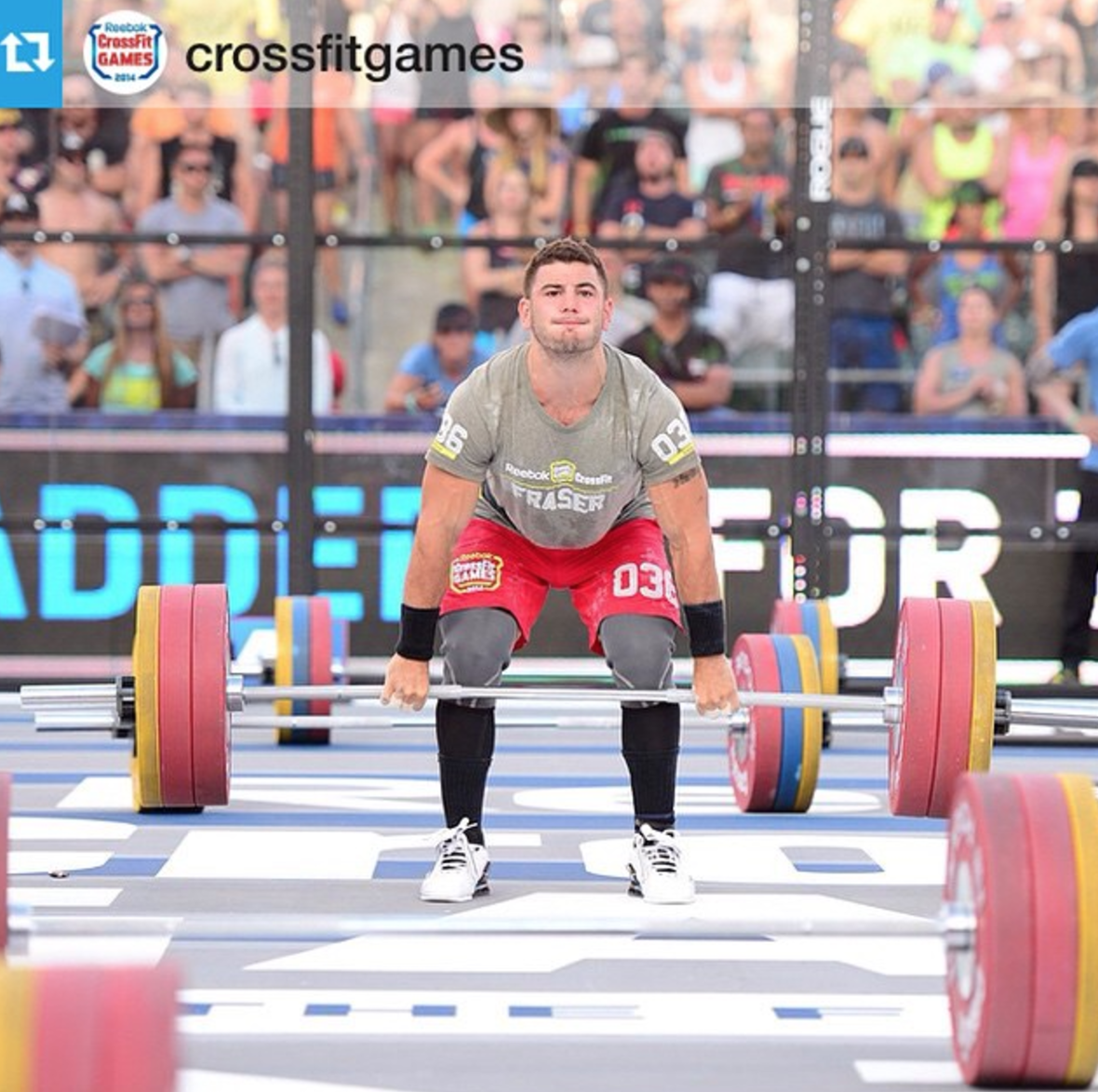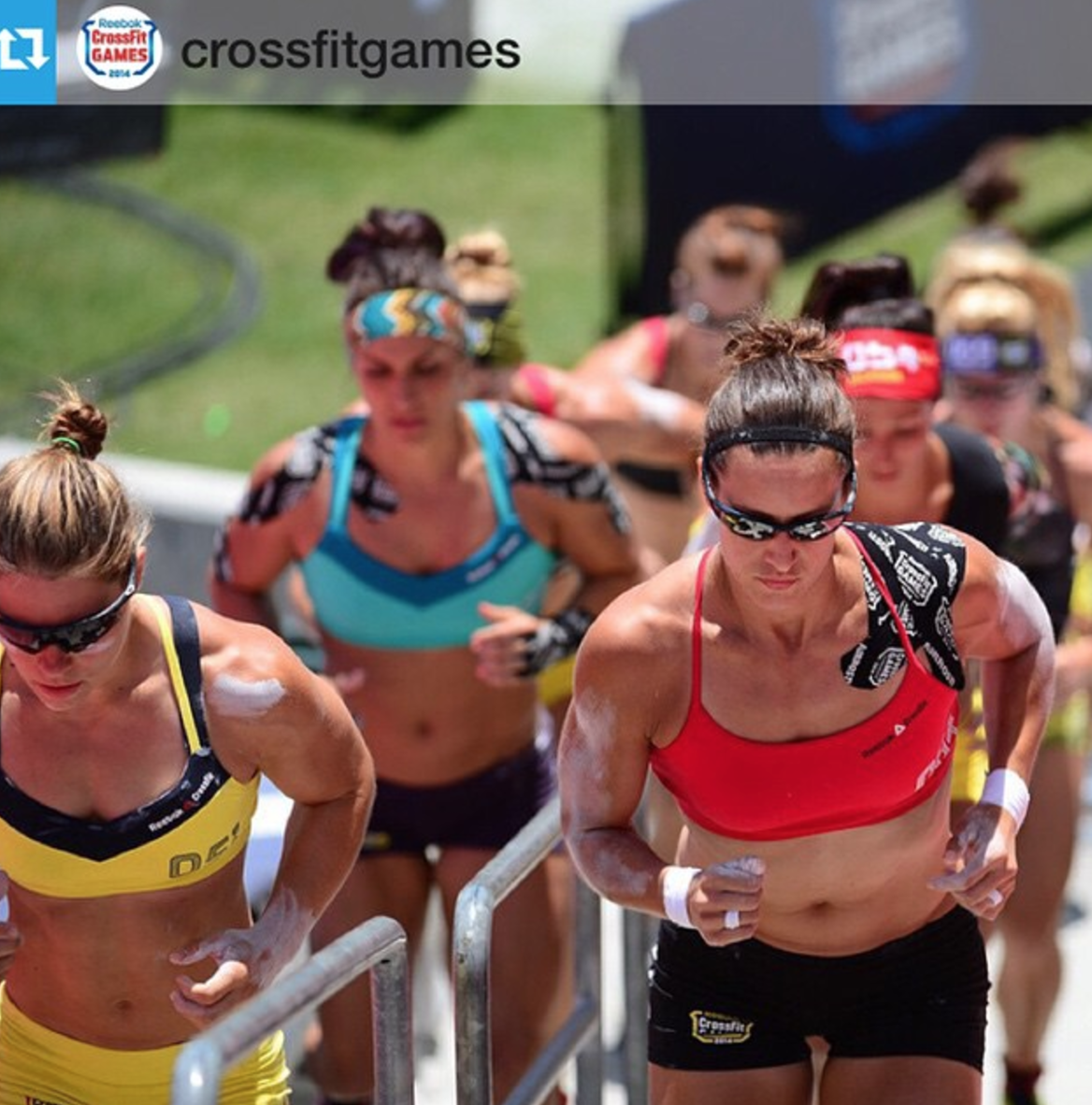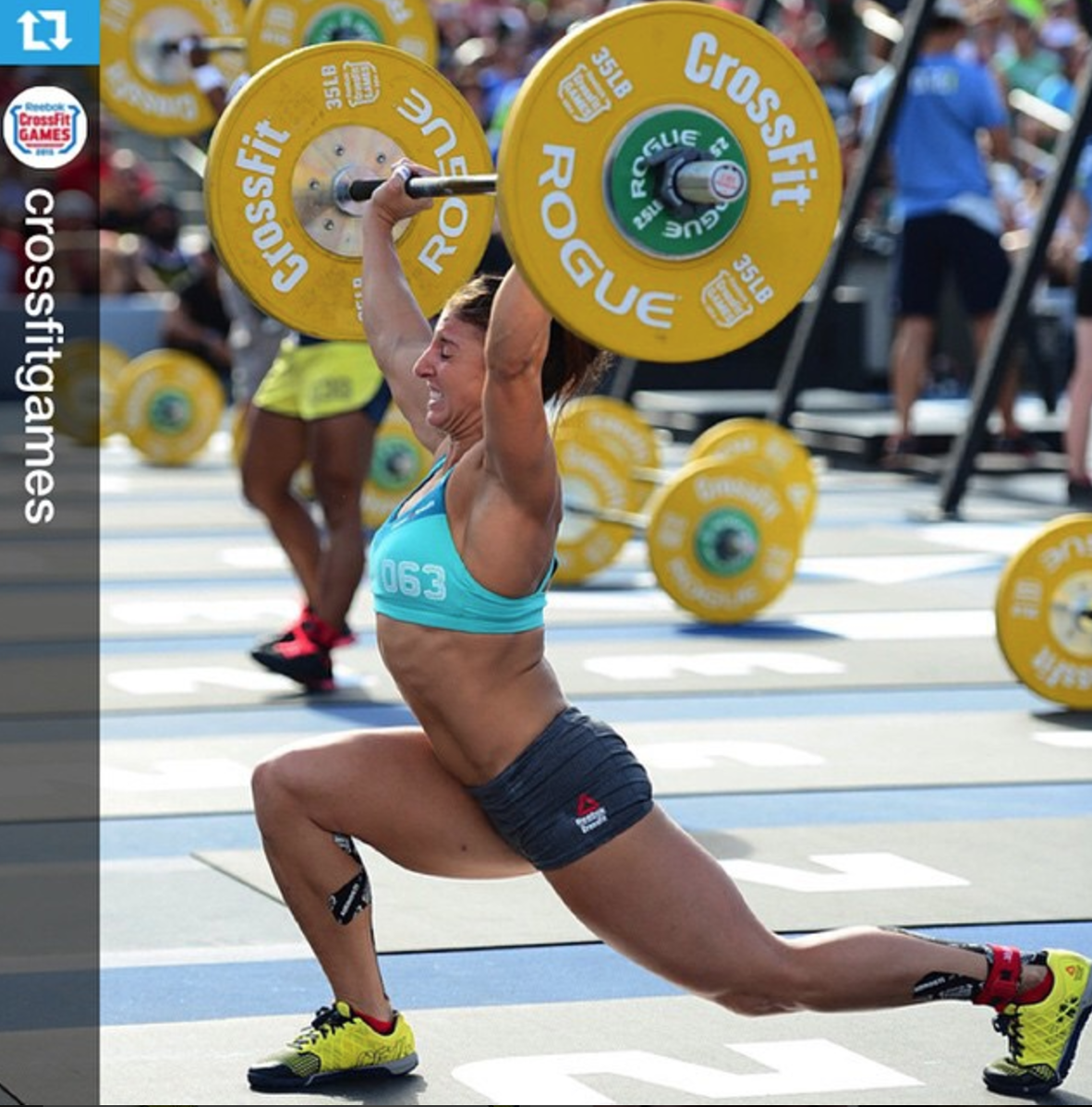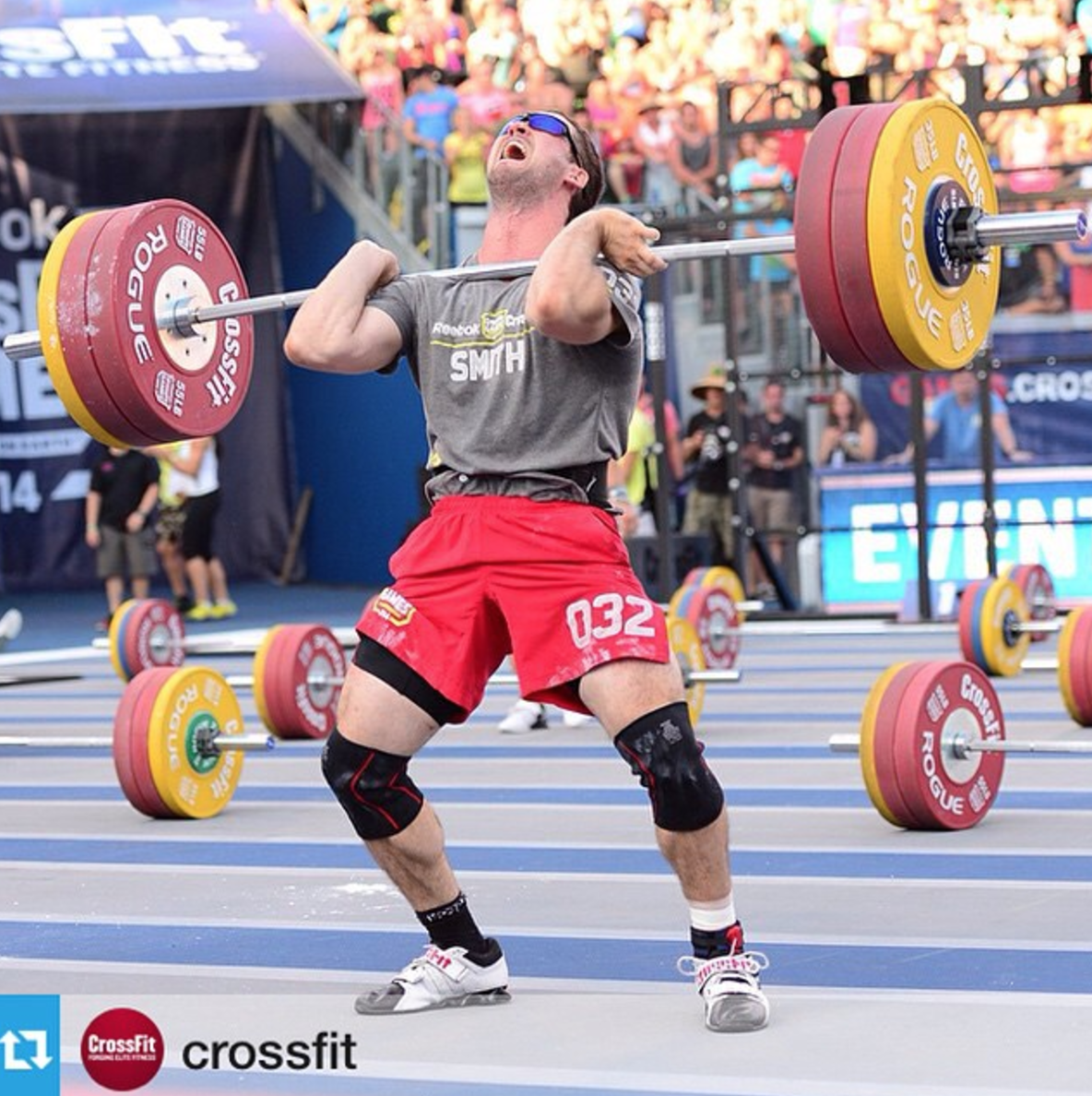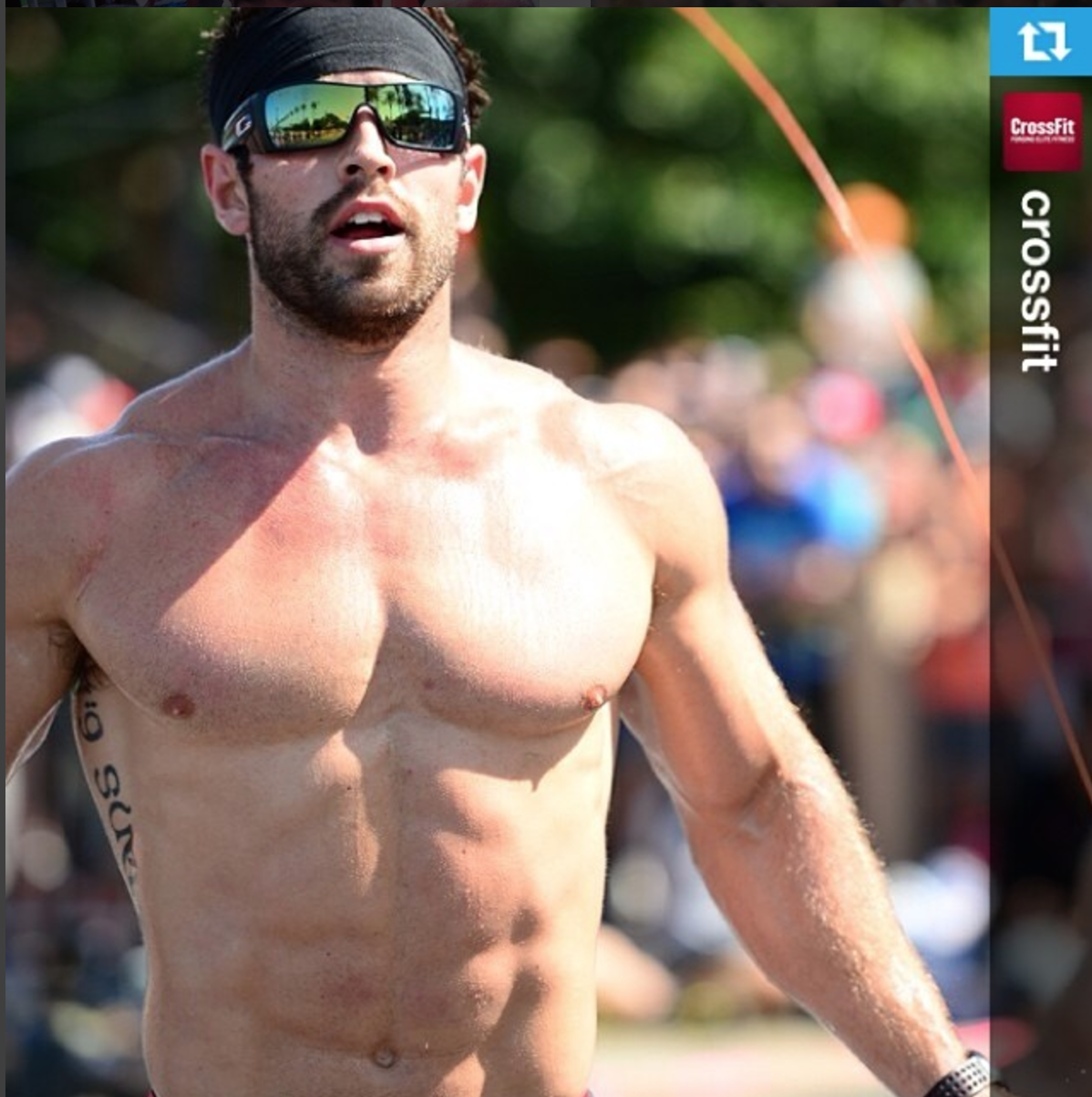A few weeks ago I had the privilege of being invited to shoot the Dubai Fitness Championship and wanted to fill you in on the adventure that it was. First off, my utmost thanks to His Highness Sheikh Majid Bin Mohammed Al Maktoum, without his support, the event would not be possible.
The Dubai Fitness Challenge - from here on out DFC - has gone on for the last several years, with each subsequent iteration becoming more and more of an international spectacle. This year was the biggest yet, with reigning Fittest Man on Earth, Mat Fraser competing, as well as other previous years Games champs and podium placers like Ben Smith, Sam Briggs, Annie Thorisdottir, Sara Sigmundsdottir, BK Gudmunsoon, as well as many others. Dubai itself has become something like a hub of CrossFit in the Middle East as well, with something like 20 affiliates in the greater-Dubai area.
I could babble for awhile about the event itself as some sort of travel log, but I'm going to try to just sum up a few things that made my life easier traveling and shooting internationally.
1) Legspace!
Dubai from New York is a big one. It's 12 hours in the air direct on the way there, and 14 hours in the air on the way back. While I've traveled a fair amount in my life, I've never come close to a long haul flight of this duration, and one I was supposed to be functional after (i.e. not drunk and on vacation). When I travel for work, I have a gigantic NoBull Dufflepack that's loaded with my clothes, usually a tripod, and my computer, as well as a Pelican 1510 with my camera bodies and lenses. On bigger jobs that might need lights or video gear, I'll have another Pelican case checked. For this sort of flight, you do not want anything under your feet, so being "that guy" and putting everything in the overhead compartment is a must. Cramped leg space for a 90 minute flight is one thing, for 14 hours, it is agony.
2) TSA Locks
My flight out was actually full - that means 600 passengers - because of that they were gate checking larger carry-ons. I bring this up, because no matter how much you beg and banter with airline staff, sometimes they will force you to gatecheck gear. Make sure to have TSA locks you can throw on just in case, and make sure to take out at least one body and lens so that in case your gear is lost or stolen, you can still work when you get there.
3) Better Headphones
My real life changing epiphany pre-flight was buying a good pair of noise-canceling headphones. Though pricey, I got the Bose Quiet Comfort 35s. This turned out to be the greatest thing I have ever done for my own travel comfort in five years. With these guys on, the crying baby directly behind me sounded like a distant faint noise, and that constant drone of the engines was completely gone. It is the first time I've really ever been able to sleep on a flight (for a grand total of 2 hours). I can't recommend these enough, and they also have a number of professional applications for shooting and editing that are equally useful.
4) Cruise through Customs
The next big hurdle shooting internationally is Customs. In the last two month I've had two different experiences going through customs and both were educational to say the least. In November I went through Canadian customs - a country notorious for being hard on foreign citizens working in their country. Dubai is much more lassiez-faire towards international workers, but I still had a few hiccups. While no two experiences are the same, a few basic rules should help you get through customs as easy as possible. First off, don't lie. If you're traveling international to work, just say you're there on "business." Before you go, make sure if there are any kind of film permits or special work papers that are required for photography/videography you have them, or are able to clearly explain why you don't need them. Make sure, you have in writing, explanations from your employers or clients what your are doing, how long you will be doing it, and where you will be shooting, and when you will be leaving. Finally, know the value of your equipment. If your gear is worth more than $10,000, you hit a threshold in most countries where they want you to declare that and they are going to take a closer look. Lastly, and this might sound stupid, make sure you have actual phone numbers for your local clients in case you do get detained. You don't want to be in holding and frantically emailing a client that isn't answering you, without any other means of contacting them.
5) Phones
Simple stuff you take for granted when traveling around the states - cell phones work everywhere. Depending on the country you travel to, you might be SOL, or have to pay absurd fees to get a data connection. With Verizon at least, many countires allow you to buy a travel pass ahead of time that for a few dollars a day, let you use your regular minutes and data connection. All this has to be purchased ahead of time so make sure to check that out before you leave.
6) Power Up
Just as importantly, power up! On a video shoot, I have no less than four or five different batteries charging at once. Not a big deal when all your plugs work, but the second you cross the ocean, you're going to need an adaptor for everything. I was able to find some cheap ones online that work in a number of different countries, but it's one more dongle you're going to have to pack and carry around.
After all that, it's time to actually do the job! Aditional photo highlights are below, I hope you'll be able to utilize a couple of these tips on your next shoot.
If you like what you've read, please share. Feel free to post some content suggestions below so I know what you're looking for in my next post. For bookings email shaun@superclearyphoto.com. And as always, follow @supercleary on instagram and SuperClearyPhoto on Facebook.









